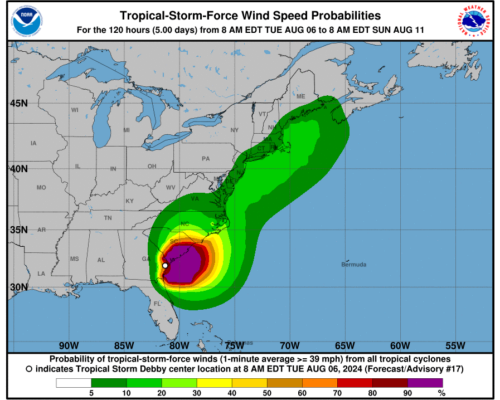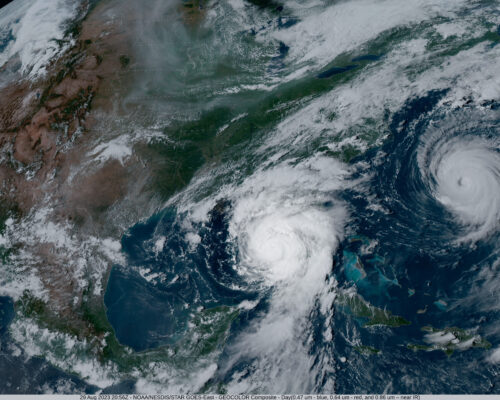Most of us who love boating or grew up along the Bay can remember making little wooden model boats at one time or another. Simple, prefabricated designs bring kids joy in the act of decorating, gluing, and watching their finished products float.
For STEM students in Calvert County Public Schools, the satisfaction is even greater, because their project boats are now floating in the Arctic Ocean (yes, really!).
An international program called Float Your Boat sends students’ wooden toy boats to the Arctic Ocean. There, the International Arctic Buoy Programme maintains a network of floating GPS beacons to study the impact of climate change on sea ice and ocean currents. The students’ boats are taken by icebreaker ship and placed on sea ice alongside one of the GPS beacons. As the sea ice and the beacons drift, students can track the path of their individual boats.
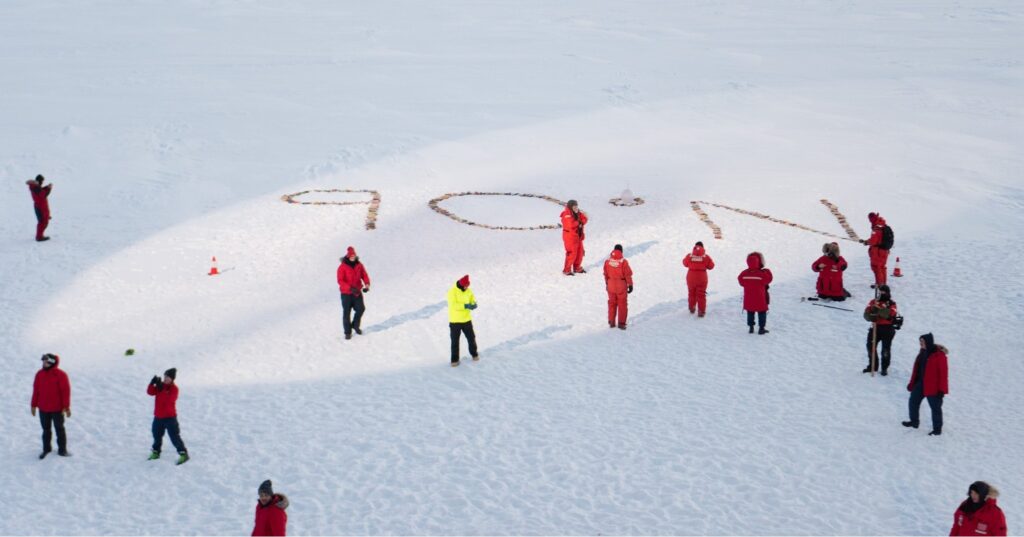
Sixth graders in the environmental program (CHESPAX) at Calvert County Public Schools in southern Maryland learn about global climate change and “the ways a changing Arctic can impact the way of life in Calvert County.” Then, they engage in their own Arctic research. The students decorate small wooden boat shapes with messages about our changing climate. The project is made possible by a partnership with Calvert Marine Museum (CMM) and its industrious boatbuilding shop volunteers, the Patuxent Small Craft Guild. Maritime Curator Mark Wilkins and his team have cut out an amazing 100 wooden boats in each of the last two years for the student project.
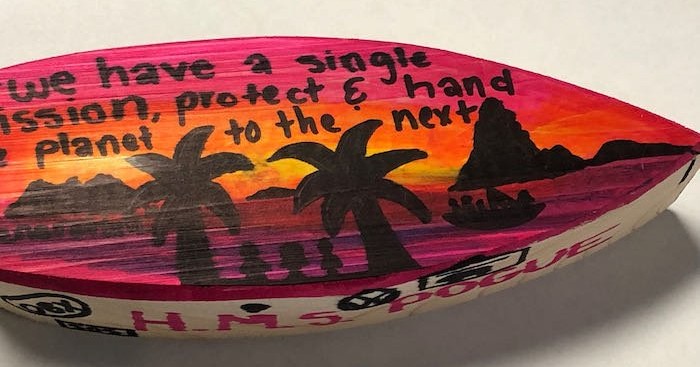
Last year’s boats are now on the ice near Utqiagvik, Alaska, the northernmost town in the United States. At some point, the boats and the sea ice buoys will separate, and the boats can no longer be tracked using the buoy. However, the story doesn’t always end there. Each boat is marked with a serial number and Float Your Boat’s web address. If a boat washes ashore and a beachgoer finds it, the finder can report where it ended up.
According to CHESPAX’s Tom Harten, two of the Calvert County boats have been discovered so far. Both were deployed at the North Pole two years ago. Incredibly, they made it all the way to Iceland, having floated through 1,700 miles of open ocean.
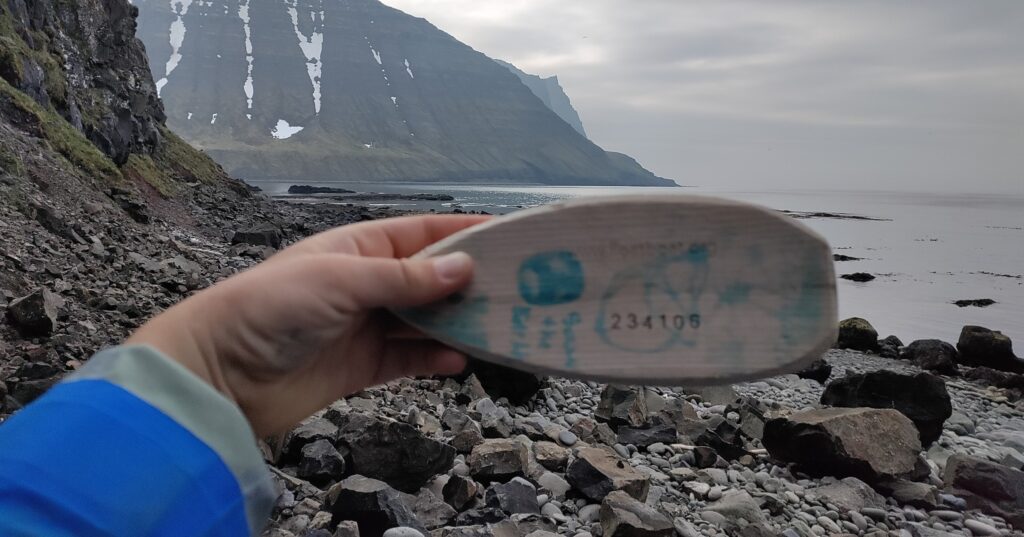
The museum’s Guild is already in the process of cutting out the boats that will be used in the 2024-2025 school year.
Harten says, “We truly appreciate our community partnership with the Calvert Marine Museum, which makes our involvement in special projects like Float Your Boat possible.”


